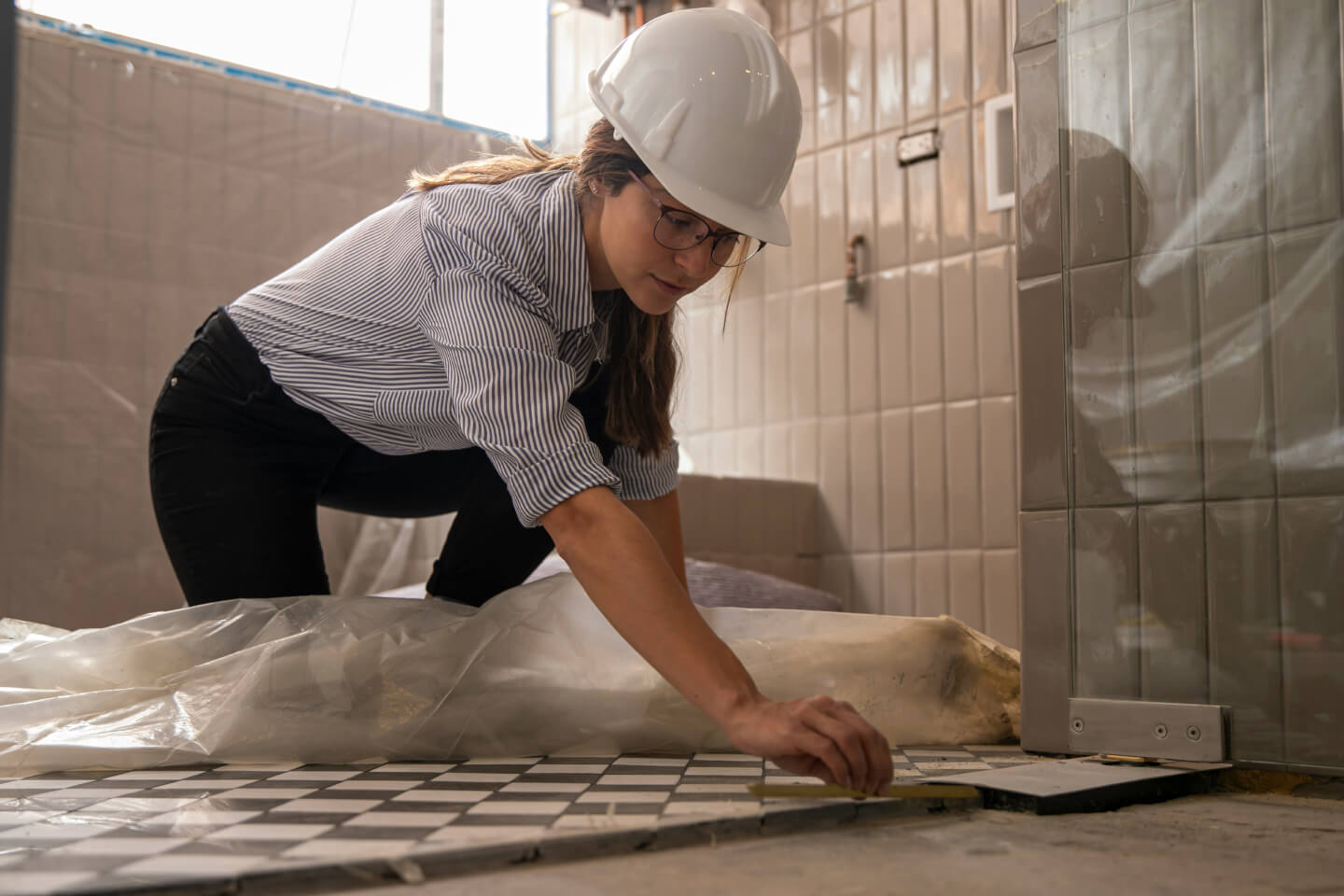6 Common Mistakes to Avoid When Installing Tile
November 21, 2024
Installing tile can be a rewarding DIY project, but several common mistakes can make the process difficult or lead to long-term problems. Here are six mistakes to avoid when installing tile
1. Skipping Surface Preparation
- Why it's a mistake: The surface you’re tiling must be clean, dry, and smooth. If you skip cleaning, patching holes, or priming, the adhesive may not bond properly, leading to tiles that can shift or come loose over time.
- Solution: Spend time preparing the surface. Clean off the dust, dirt, and grease. Patch any cracks or holes and ensure the surface is level if necessary. For wet areas, such as bathrooms, consider using a waterproof membrane.
2. Not Using the Right Mortar or Thin-Set
- Why it's a mistake: Different tiles (e.g., ceramic, porcelain, natural stone, etc.) and substrates require different types of adhesives. Using the wrong mortar or thin-set can result in tiles that don't bond properly or crack over time.
- Solution: Always check the manufacturer's recommendations for the type of mortar or thin-set to use for your specific tile and surface. A stronger adhesive may be needed for heavy tiles or natural stone.
3. Improper Tile Layout
- Why it's a mistake: Poor planning and layout can lead to uneven or crooked tile lines or awkward cuts along the edges. This is particularly noticeable in high-traffic areas like entryways or kitchens.
- Solution: Plan your layout before you start laying any tiles. Use a chalk line to create reference lines to keep tiles straight and uniform. Start from the centre of the room and work outwards to minimize cut tiles at the edges.
4. Not Using a Proper Tile Spacer
- Why it's a mistake: Skipping or improperly using tile spacers can result in uneven grout lines, which can negatively affect the look and stability of your tile installation.
- Solution: Always use spacers that are appropriate for your tile size. If you're unsure, the typical spacer width is 1/8 inch to 1/4 inch for standard tiles. Make sure spacers are positioned consistently between all tiles and check alignment as you go.
5. Neglecting to Back-Butter Tiles
- Why it's a mistake: Back buttering involves applying a thin layer of thin-set mortar to the back of the tile before setting it. If you skip this step, you may end up with insufficient coverage, leading to tiles that don't adhere properly and could crack or loosen over time.
- Solution: For larger tiles (typically anything over 12 inches), back buttering ensures full mortar coverage, improving adhesion. Apply the thin-set to the tile's back using a flat trowel, then press the tile into place.
6. Skipping Sealing (for Natural Stone and Grout)
- Why it's a mistake: Natural stone tiles (like marble, granite, or travertine) are porous and can stain easily if not sealed properly. Similarly, grout can absorb moisture and stains if left unsealed.
- Solution: Always seal natural stone tiles before installation, and grout afterward. Additionally, seal the grout lines once the grout has fully cured (usually after 72 hours) to protect against staining and moisture penetration.
By avoiding these common mistakes, your tile installation will not only look professional but will last much longer. Visit Trini Tile to pick out the perfect tiles for your project.




